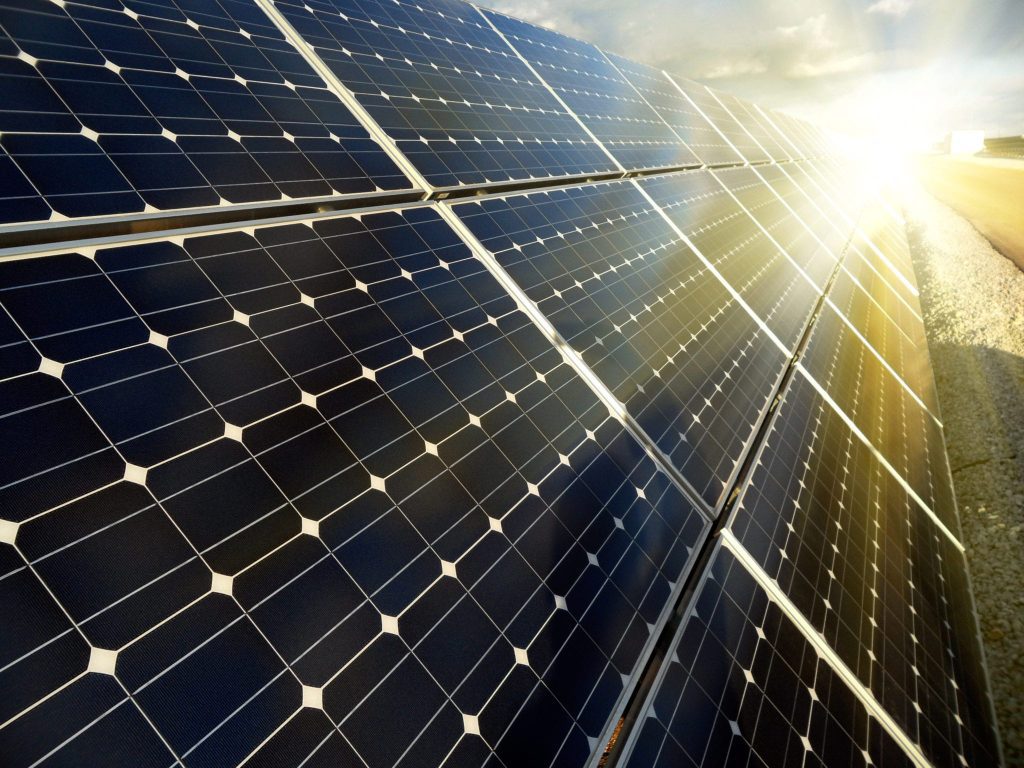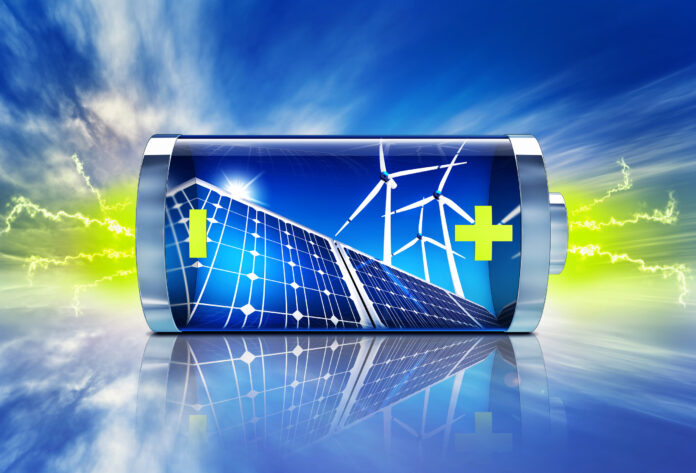Changing energy markets means both challenges and opportunities for telcos to leverage battery storage
Industrial batteries are an often-overlooked part of telecom network infrastructure, and considered valuable primarily for providing back-up power when the electricity grid is down in order to sustain network operations.
However, Finnish operator Elisa has taken a new perspective on the role and value of battery storage, particularly in the context of increasingly volatile energy markets where distributed, renewable energy sources are playing a bigger role.
At a session during the Telco Sustainability Forum virtual event, Ville Väre, the business development director for Elisa’s Smart Energy Solutions unit, discussed how the telecom operator is commercializing its Distributed Energy Storage solution.
Elisa, as the largest telecom operator in Finland and a major player in Estonia, comes at power and battery storage issues from a operator’s perspective. It has an internal team of more than 40 employees focused solely on energy optimization, and the resulting software solutions serve not only the telecom market, but industrial energy use and energy management verticals.
So why is battery storage increasingly important and why should telecom operators care? Väre outlined the market and the motivations.
Electricity production is changing. Renewable energy sources such as wind and solar are already a significant portion of energy generation, particularly within Europe. That percentage is expected to substantially increase over the next 25 years, from fossil fuels and centralized power generation to zero-carbon systems that are distributed and intelligently controlled, Väre explained. However, that brings a major challenge for grid operators to balance production and consumption in real time.
Renewable energy supply is dynamic. “Sun doesn’t shine always. Wind doesn’t blow, always, so … solar and wind need some help,” Väre said. Battery storage capacity smoothes out that uneven availability from renewable energy sources by storing power for when it is needed. As energy production transitions to green sources, there is also expected to be a boom in investment in battery capacity in order to store that energy. In Europe alone, Väre said, the amount of battery storage capacity is expected to increase by about 10x from about 60 gigawatts to about 600 GW by 2050—and those figure may be a bit conservative, he added.

“Electricity is something that needs to be produced every second, every millisecond, as much as it is being consumed. That’s the only way to keep the lights on,” he explained. And because large-scale electricity generation sources like fossil fuel-based power plants are being phased out, battery storage will play an increasingly significant role in balancing energy availability.
The energy market is also increasingly dynamic. The energy transition to renewables is bringing with it, price volatility. While there are more energy prices spikes, there are also more and more times when energy prices are extremely cheap, or even negative—where an energy producer essentially pays the consumer. Väre said thatin 2023, there were almost 6,500 hours over the course of the year when energy prices in Europe were negative. On the other hand, there is also an increasing differential between the most expensive time of day to purchase electricity, and the cheapest.
“There are times, basically, when electricity is really, really expensive, and times when electricity is really cheap,” he summarized. In a wind- and solar-based power market, this is the new market normal and isn’t going away. However, that means batteries represent a lot of value, if they enable a company to charge batteries when energy is cheap and rely on the batteries when energy prices spike.
Telecom operators already have battery infrastructure, and it represents a business opportunity. Telcos have battery backup infrastructure as part of their network resiliency efforts, Väre pointed out. Could those batteries be used for something else? Like, say, profitably participating in the energy market?
Elisa developed its own distributed energy storage system to leverage expanded telecom battery storage
Elisa, he explained, has built a distributed energy system (DES) that is allows control, monitoring and optimization of battery storage, through active participation in the energy market, using artificial intelligence and machine learning in what is essentially a virtual power plant (VPP) model. The company has been running its solution using its own telecom infrastructure for two years, and now provides the solution to four other operators in two countries. When it was first launched, the Elisa internal VPP was the largest project of its kind in Europe at about 150 megawatt-hours.
Elisa expanded its battery capacity by 2x to 4x at more than 2,000 base station sites. That additional battery capacity was used to participate in the energy market and offered multiple benefits, Väre said:
-About 50% of the energy costs were covered by money made through buying energy when it was cheap, storing it and selling at higher prices. The payback time of the related investment is about three years, he added.
-Increased battery capacity meant better site resiliency, because the expanded battery capacity meant that Elisa’s sites could stay online three or more hours longer when the grid was down.
-Carbon emissions were reduced because the energy purchases were from renewable, wind and solar sources, and the additional battery capacity meant greater and more consistent access by the market to such sources.
“We really see great opportunities in this for the big telecom operators who have lots of infrastructure,” Väre said. Elisa offers its DES in a partnership model and it is highly automated, he reiterated, so that operators can leverage and expand existing battery infrastructure, save on costs and gain new revenues not only by participating in the energy market, but also by supporting the ability of their end-user customers to do so as well.
“The market is basically just in the beginning,” he said.
To get more insights from Väre on Elisa’s strategy, watch the full session and more content on-demand from Telco Sustainability Forum.

